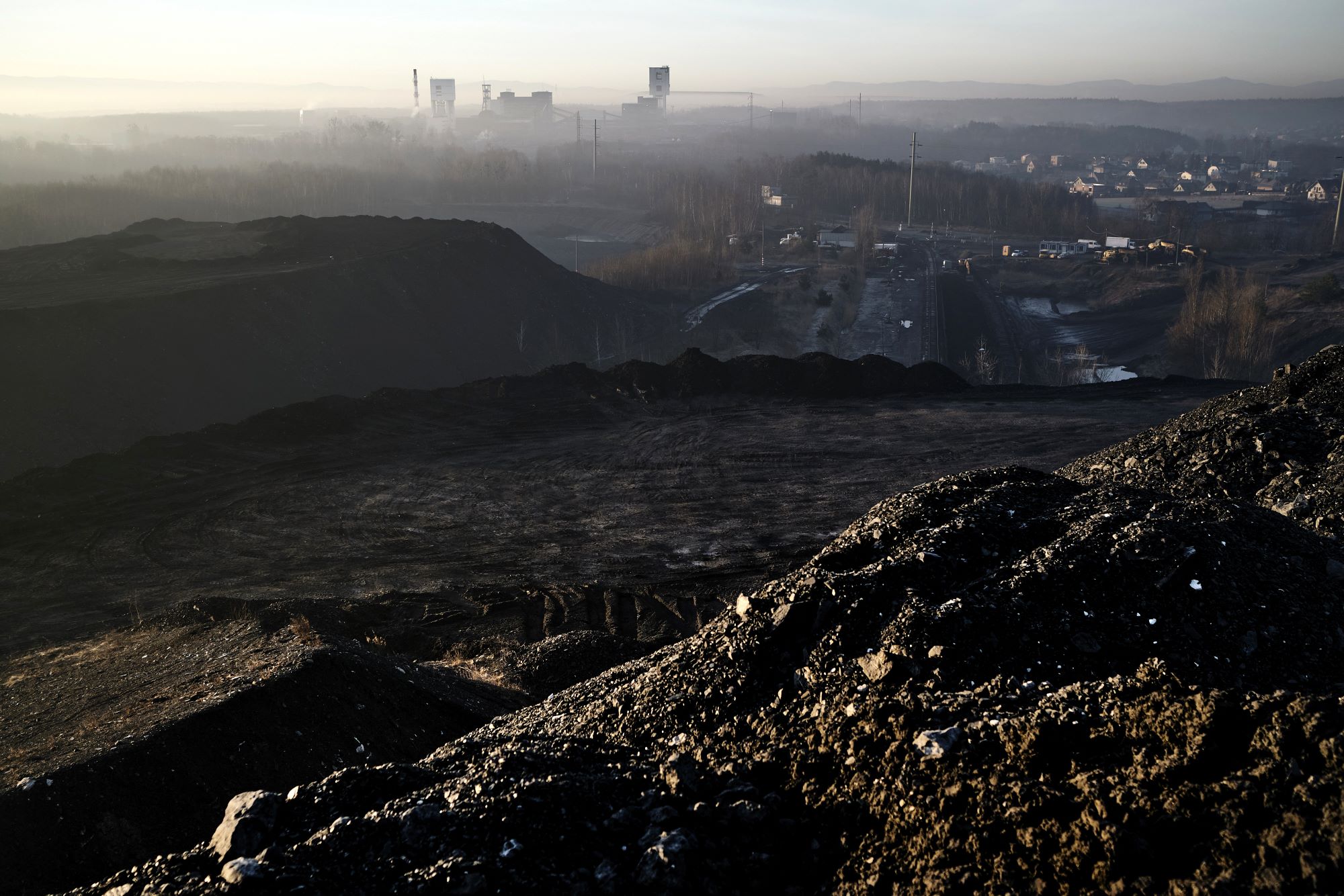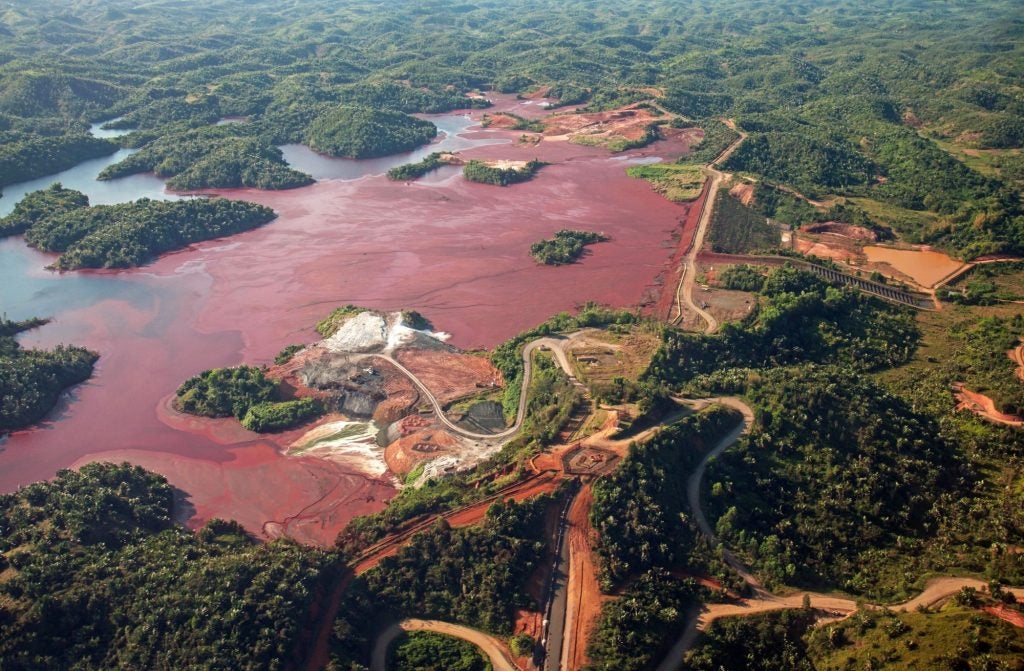
In 2022, global coal consumption surpassed eight billion tonnes, a vast quantity of production that is both impressive, and concerning, in equal measure. While such productivity is clearly of great financial benefit, waste rock and tailings containing hazardous substances produced by mining processes have detrimental ecological effects.
However, short and long-term environmental monitoring strategies can help companies monitor and manage mining waste, and could become more commonplace in a sector more concerned than ever with environmental, social and governance compliance.
Mining waste is produced by the extraction and processing of mineral resources, and through carbon mineralisation, mine waste traps excess carbon dioxide. The reprocessing of mine tailings offsets greenhouse gas emissions, while technologies like automation minimise operational inefficiencies, maximising production and lowering emissions.
The EU passed a law in 2006 to safeguard mining activities, an initiative to regulate waste management caused by drilling industries, an important step in the better regulation of mine waste. Then in 2009, the EU updated its policies on mining waste, including new rules covering technical guidelines for establishing financial guarantees and the classification of waste facilities. With the world’s mineral appetite unlikely to abate in the future, countries and companies must be more vigilant than ever with regard to waste management.
Environmental waste and disposal
The World Population Review considers coal as the “dirtiest” fossil fuels as it is known to emit significant amounts of greenhouse gases and other pollutants when burned. The burning of coal in power plants accounts for 30% of global warming, and while countries pledged to reduce their coal consumption during the COP26 summit held in the UK, there is still work to do.
If countries do not manage mining waste more effectively, the social and environmental conditions around mining could be changed for the worse. Managing mining wastes ensures the stability of disposal facilities in the long-term.
Mine exploration, construction, drilling and maintenance result in land-use change which could lead to deforestation, soil erosion, the contamination of soil and water profiles and increased noise levels. Mining pollutes underground and surface water systems and create native impacts downstream.
More specific forms of mining also bring more specific challenges. Deep sea mining also secretes pollutants which need effective sustainable waste disposal, and could become a larger part of the discussion as miners look to exploit mineral wealth in increasingly remote areas.
According to climate campaigners Greenpeace International, deep sea mining would undermine the progress towards the United Nations’ sustainable development goals. “The deep sea mining industry presents its development as essential for a low-carbon future, yet this claim is not substantiated by actors in the renewable energy, electric vehicle or battery sectors,” the organisation said, citing the “ocean exploitation” and how the government proceeds with that.
Geographic variation and Covid-19 variation
Mining waste differs from place to place and depends on the geographical structure, value of the ore and the minerals demand in the current market.
However, the power dynamic remains the same regardless of the location of the mine, or the commodity being processed. Despite providing thousands of jobs and contributing to the decade’s largest revenue income, mining can often disrupted the relationship between companies and local communities. According to the International Institute for Sustainable Development , due to unstable mine employment, host communities struggle with social and health-related challenges that could be hard to resolve. Larger economies over-exploit non-renewables from mineral-rich developing countries, leaving mere scraps for local people.
Similarly, closed mines present a challenge for those interested in protecting local environments. The sudden withdrawal of a company from an area, leaving the remnants of their industrial work behind, poses a risk to the surrounding communities and environmental hazards, as waste materials seep into the soil and waters nearby.
The lockdowns imposed during the Covid-19 pandemic disrupted the mining industry in general, and waste management in particular. According to a water and sludge treatment report, only some countries like Columbia and Chile permitted miners to keep drilling to recover from the major economic impacts of the pandemic.
Lower prices and declining demands took a toll on such countries. Some affected areas were Rio Tinto’s Oyu Tolgoi copper mine in Mongolia, Anglo American’s Quellaveco in Peru, the San Cristobal silver zinc-lead mine in Bolivia, and the Ambatovy nickel mine in Madagascar owned by Japan’s Sumitomo.

According to the International Energy Agency, global coal consumption fell by 3.1% in 2020. The report from the agency says that the US experienced the largest year-on-year change, with coal production falling by 72 million tonnes of coal equivalent (Mtce), followed by the EU with losses of 45Mtce and India with a decline of 30Mtce.
China’s coal consumption has comprised more than half of the world’s since 2011 and has steadily increased yearly, reaching 56% in 2020. The country also produced 3.9 billion tonnes of coal in 2022, showcasing a growth of 2.5% from the previous year.
Smart sensors and significant investment
According to Axora, a technology marketplace for heavy industry, smart sensor solutions for monitoring environmental impacts reduce pollution by 5%, demonstrating how more effective use of data could help optimise rehabilitation and waste management. The company statistics say intelligent sustainability software platforms reduce up to 40% of waste management costs.
Innovations such as these could become more commonplace, as both the mining industry in general, and the waste management subsector, grow in scope and wealth. The global mining waste management market is estimated to grow from $172.60bn in 2021 to $208.33bn in 2028 at a compound annual growth rate of 2.7%.
The market for mining waste management divides waste into two types, solid and liquid wastes. The Asia Pacific region produced the largest amount of mining waste, producing 76.62bn tonnes in 2022. China accounts for over 24% of the mining production in the world, and Australia is home to the second-largest amount of individual contributors of mining waste, driving the region’s dominance of waste production.
Yet the issue extends beyond the region. According to the UK Department for Environment, Food and Rural Affairs, the total waste generated by the commercial and industrial sectors remained consistent at 43.7 million tonnes in 2010 and 43.9 million tonnes in 2018. While this does not refer exclusively to mining, it is an important reminder of the fact that waste continues to be an issue in mining jurisdictions of all scales. Indeed, in 2018, mineral waste accounted for 36.2% of all waste worldwide, and is a stark reminder that for all the profitability of the sector, it will always impose lasting impacts, that will need to be properly managed.



